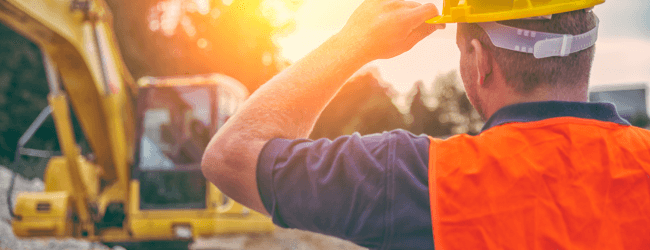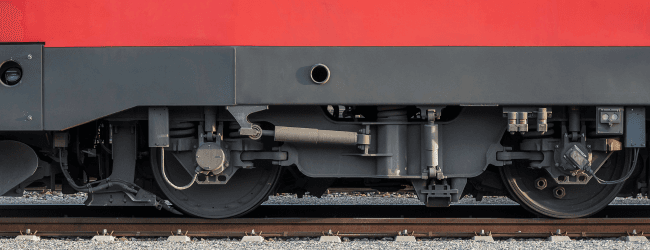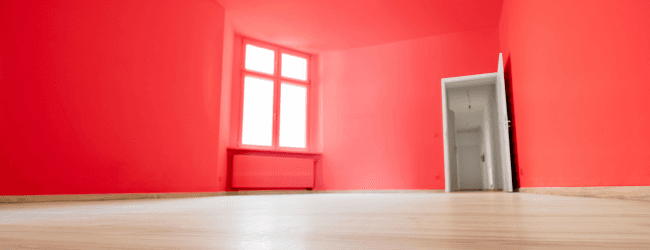
- 14 May 2025
Why FIFO Workers Could Drive the Next Property Hotspot
The recent Australian Bureau of Statistics (ABS) media release highlighted a remarkable 124% growth in the national defence industry over the past five years, with South Australia emerging as a critical player. This surge is not just a boon for the state’s economy but also signals a unique opportunity for property investors, including those from interstate.
The Driving Force Behind the Demand for Housing
The expansion of the defence sector, particularly with projects like the AUKUS submarine initiative, is already creating a significant demand for housing in South Australia. According to Defence SA, the state’s defence industry generated $1.9 billion in gross value added (GVA) in 2023–24, a 27% increase from the previous year, while also adding 1,300 jobs – a 15% growth in its workforce. This rapid expansion is expected to draw in a skilled workforce from around the country, many of whom will likely be on fly-in, fly-out (FIFO) contracts or seeking long-term relocation. (Source: Defence SA, 2024)
Why FIFO Workers are a Key Market for Property Investors
While the influx of FIFO workers presents challenges, it also opens up strategic investment opportunities. These workers often seek flexible, short-term rentals near industrial hubs or transport links, creating demand for apartments, townhouses, and other accessible housing options. With the AUKUS project set to anchor a significant portion of its workforce in Adelaide, investors can expect strong rental demand in suburbs with good transport connectivity and proximity to industrial zones.
Moreover, the rental returns from properties catering to FIFO workers can be particularly appealing. These workers tend to have higher-than-average incomes and often prefer properties that offer convenience and comfort, creating a market for well-maintained, fully furnished units.
The Broader Economic Impact
As the defence industry continues to grow, so too will the surrounding ecosystem of support businesses, ranging from logistics to professional services. This economic ripple effect can create even more demand for housing, as businesses hire locally and interstate workers relocate to support these growing sectors. According to The Australian, a major industrial estate near Port Adelaide is already attracting significant investor interest, reflecting broader confidence in the region’s long-term growth potential. (Source: The Australian, 2024)
A Strategic Move for Interstate Investors
While local investors are well-positioned to take advantage of this demand, the opportunities extend beyond South Australia’s borders. Interstate investors can leverage this growth by targeting high-demand suburbs poised to benefit from this economic expansion. Areas within easy reach of key defence sites, as well as those with strong transport links, are likely to offer the best returns as the state’s economy continues to strengthen.
Investment Opportunity in Adelaide’s High-Growth Corridor
For investors looking to capitalise on this trend, we currently have a property available in a well-positioned suburb just 16 km from the Adelaide CBD and 8 km from the massive employment hub at Osborne, SA, where defence projects worth more than $200B are underway. This area boasts a tight vacancy rate of just 0.36% and saw median house price growth of over 15% last year, highlighting its potential for both capital gains and solid rental returns.
Property Highlights:
- Price: $735,310
- Projected Weekly Rent: $750+
- Location: Established residential area close to shops and public transport
- Tenant-ready, ideal for co-living with the inclusion of a furniture package

This property is well-suited for investors targeting the growing demand from FIFO workers and long-term tenants alike. For more details, contact Property Club at enquiries@propertyclub.com.au.
Sources: Defence SA, 2024. “SA Leads the Nation in Defence Industry Growth.” The Australian, 2024. “$220m Tipped for Huge Industrial Site Near Port Adelaide.”
Related Posts

The Psychology of Suburb Selection: Why Investors Keep Returning to the Same Postcodes
Most investors think they choose a suburb based on research, data and logic. In reality there is often something deeper at play. Suburbs hold emotional weight. They remind us of where we grew up, where our friends live, where we once rented, or where we felt safe. Familiarity feels comfortable, which is why so many...

New Lines New Lives: How Rail Is Redrawing Queensland’s Coastal Growth Story
The Sunshine Coast and Gold Coast have long been known for surf and holidays. But right now, both are being redrawn not by the tide but by transport lines. The next decade of growth in Queensland will be built along the tracks. The Sunshine Coast Rail project and the Gold Coast light rail expansion are reshaping...

Living Too Big for Who We’ve Become
Queensland’s housing market has an imbalance that is quietly reshaping demand. Across South East Queensland, 62 per cent of households are one or two people, yet 72 per cent of homes have three or four bedrooms. It’s a clear mismatch between how people live and what we’re building. The new household reality is...
- 11 November 2025